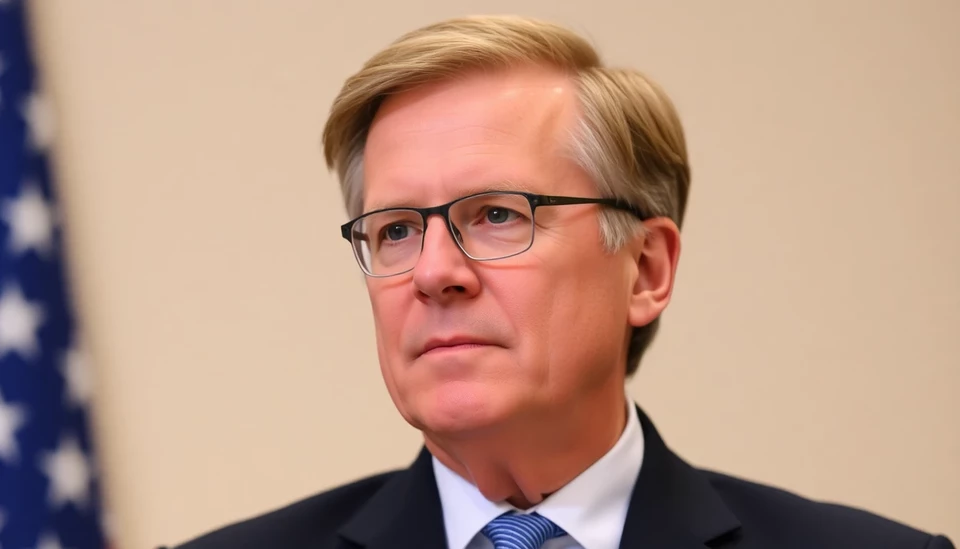
In a recent analysis by prominent economic consulting firm Wrightson, experts have articulated a concerning future regarding the possible revaluation of gold and the implications it may have for the Federal Reserve's monetary policy. As the gold market displays heightened volatility and speculation, the repercussions of any potential re-evaluation could prove complex and politically charged, especially as inflation rates fluctuate in various sectors of the economy.
The report highlights that a significant increase in gold prices could catalyze unpredictable shifts in the financial markets, forcing the Federal Reserve to navigate treacherous waters. As central banks around the globe recalibrate their strategies amid evolving economic patterns, the relationship between gold and monetary policy becomes more critical. The analysts at Wrightson warn that this isn't merely a matter of fluctuating prices; it signifies deeper challenges for the Fed, whose ability to maintain economic stability may be further tested.
One of the primary concerns raised by Wrightson is the prospect of rising gold prices prompting a reevaluation of asset valuations across the board. With gold traditionally viewed as a safe haven during periods of economic uncertainty, a significant price surge could lead to increased demand for the precious metal, thereby straining the existing economic framework. Such an occurrence may prompt the Fed to reconsider its interest rate strategies and inflation-targeting measures to stabilize the situation.
Moreover, the potential for gold to serve as a hedge against inflation further complicates the relationship between precious metals and monetary policy. As inflation continues to rise, investors may flock to gold as a protective measure, driving its value up even further. Wrightson argues that the Fed must be cautious in its approach, as an aggressive tightening of monetary policy could inadvertently exacerbate economic conditions, leading to an avalanche of repercussions.
Additionally, the global economic environment adds layers of complexity to this matter. The interplay between geopolitical tensions, supply chain disruptions, and shifts in fiscal policy worldwide offers a multidimensional landscape where gold's value is continuously tested. In this volatile climate, the demand for gold may rise not only as an investment but also as a strategic reserve for nations grappling with the implications of fluctuating currencies and varying inflationary pressures.
As the Federal Reserve gears up for potential economic challenges ahead, analysts stress the importance of a flexible yet cautious monetary strategy. Acknowledging the intersection between gold valuation and broader fiscal policies could be instrumental for the Fed as it navigates these unpredictable waters. Wrightson's insights serve as a clarion call for decision-makers to consider the multifaceted influence of gold on monetary policy in light of ever-changing economic conditions.
In conclusion, Wrightson presents a thorough analysis underscoring the multifarious nature of the gold market and its implications for Fed policy. The path ahead is fraught with challenges, necessitating an adaptable and prudent approach from the Federal Reserve to maintain economic equilibrium in these uncertain times.
#GoldRevaluation #FederalReserve #EconomicPolicy #MonetaryPolicy #Inflation #FinancialMarkets #WrightsonAnalysis #EconomicStability
Author: Daniel Foster




